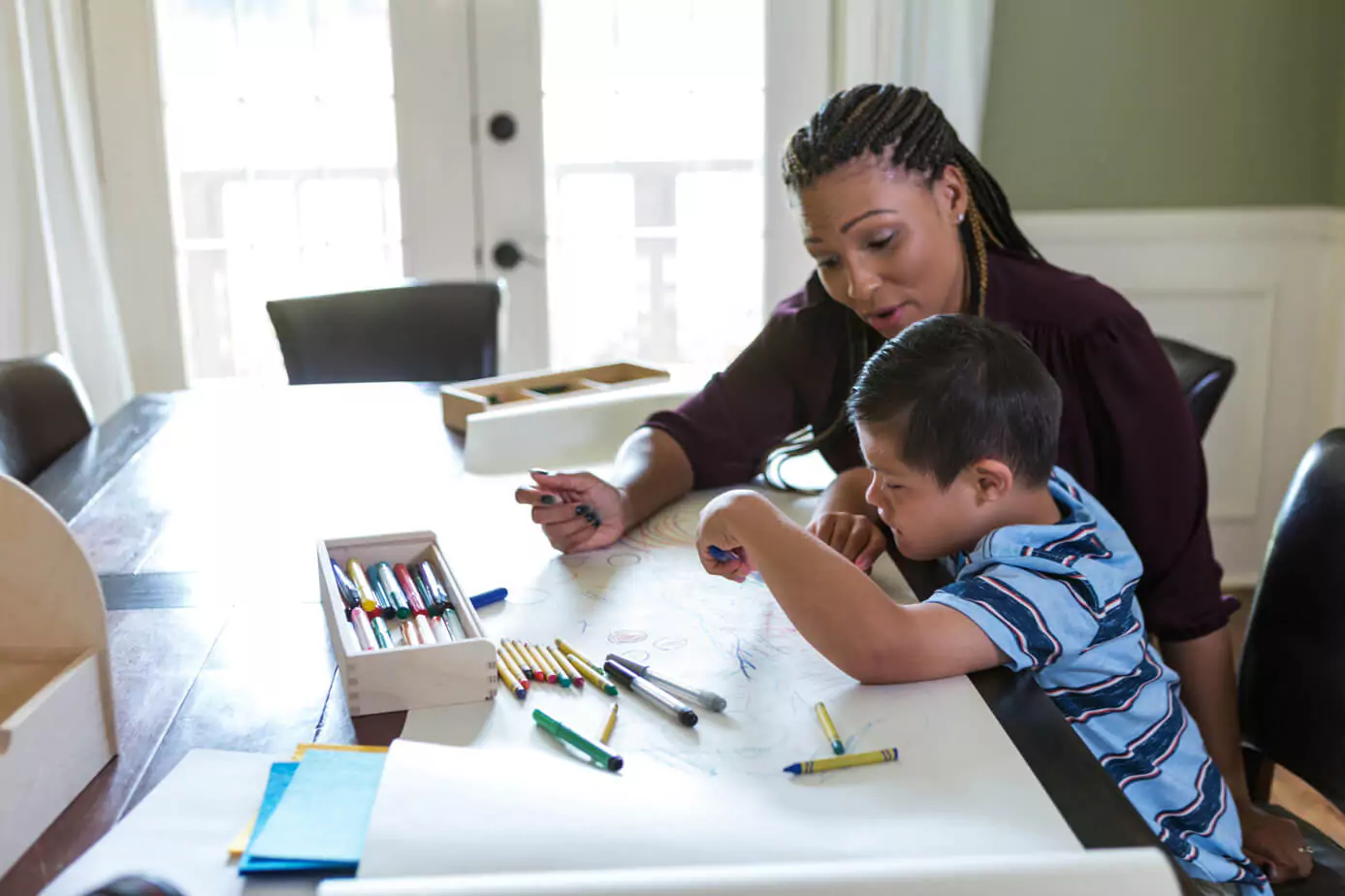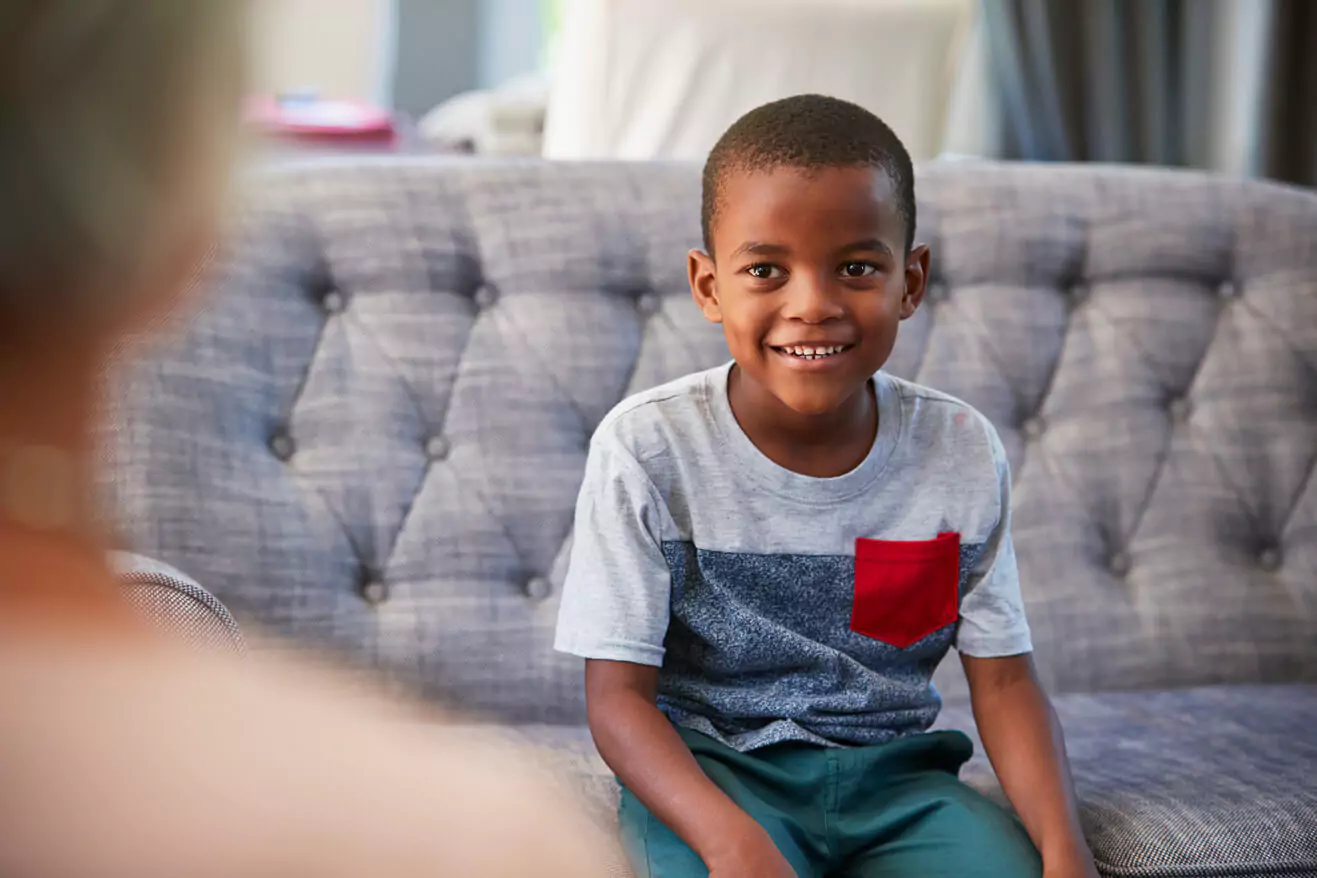The Lovaas Approach
The Lovaas Institute provides behavioral treatment utilizing the principles of applied behavior analysis. The Lovaas Model of Applied Behavior Analysis has undergone rigorous research at UCLA under the direction of Dr. Lovaas, proving its effectiveness in treating children with autism.
Who is it most suitable for?
The Lovaas Model of Applied Behavior Analysis is a behavioral treatment model typically started with children between the ages of two and eight. Children typically transition to different services as they progress through elementary school and no later than the age of twelve. While treatment is always based on the principles of applied behavior analysis, its implementation varies based on a child’s unique needs.
How does it differentiate from other methods?
The Lovaas Model of Applied Behavior Analysis has the most extensive research of any treatment for children with autism. Over 40 years of research has shown that the Lovaas Model in particular is an effective treatment. The Lovaas Model of Applied Behavior Analysis has also demonstrated some of the best outcomes for children with autism.
Potential Benefits of Intensive Behavioral Intervention
With early intervention, a sizable minority of children diagnosed with autism spectrum disorder (ASD) have been able to achieve normal educational and intellectual functioning by 7 years of age. These children have been mainstreamed into regular classrooms and have advanced successfully through the school system without additional assistance.
The Lovaas Approach
The Lovaas Institute provides behavioral treatment utilizing the principles of applied behavior analysis. The Lovaas Model of Applied Behavior Analysis has undergone rigorous research at UCLA under the direction of Dr. Lovaas, proving its effectiveness in treating children with autism.

Who is it most suitable for?
The Lovaas Model of Applied Behavior Analysis is a behavioral treatment model typically started with children between the ages of two and eight. Children typically transition to different services as they progress through elementary school and no later than the age of twelve. While treatment is always based on the principles of applied behavior analysis, its implementation varies based on a child’s unique needs.

How does it differentiate from other methods?
The Lovaas Model of Applied Behavior Analysis has the most extensive research of any treatment for children with autism. Over 40 years of research has shown that the Lovaas Model in particular is an effective treatment. The Lovaas Model of Applied Behavior Analysis has also demonstrated some of the best outcomes for children with autism.

Potential Benefits of Intensive Behavioral Intervention
With early intervention, a sizable minority of children diagnosed with autism spectrum disorder (ASD) have been able to achieve normal educational and intellectual functioning by 7 years of age. These children have been mainstreamed into regular classrooms and have advanced successfully through the school system without additional assistance.

